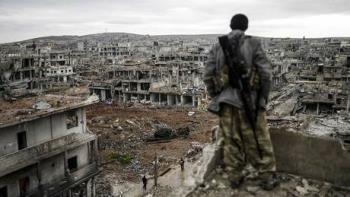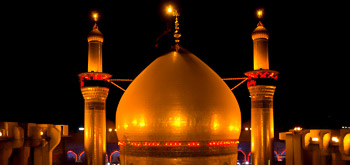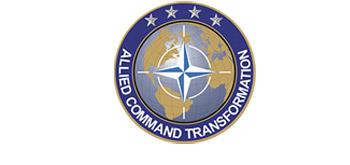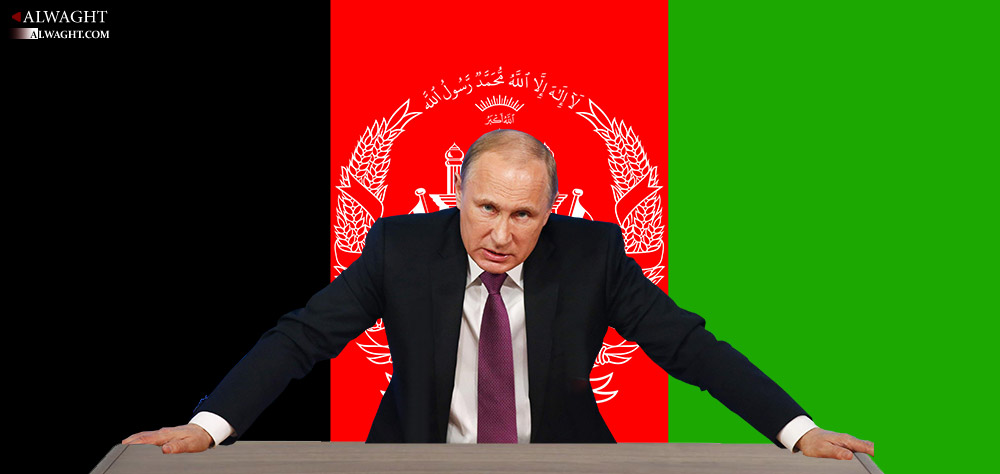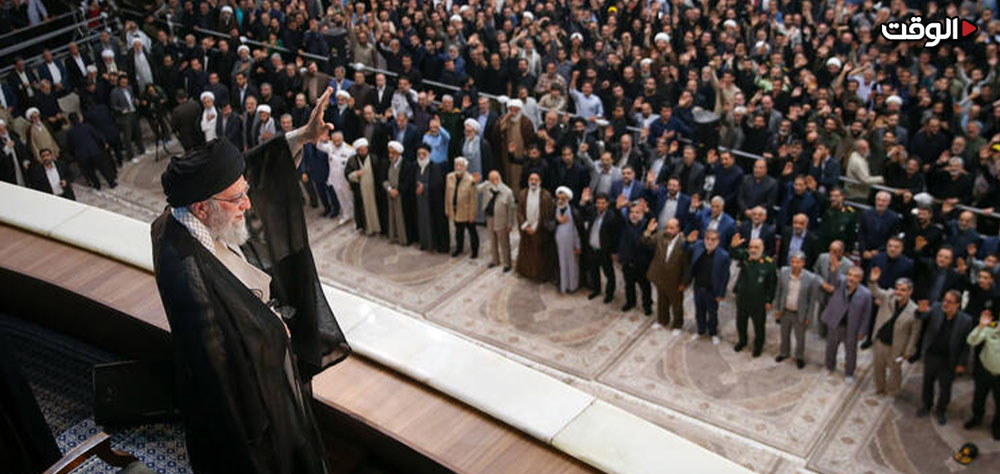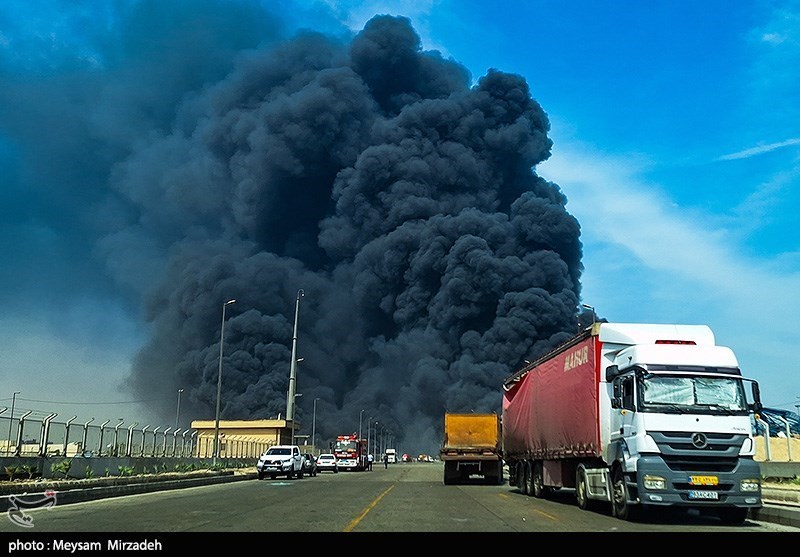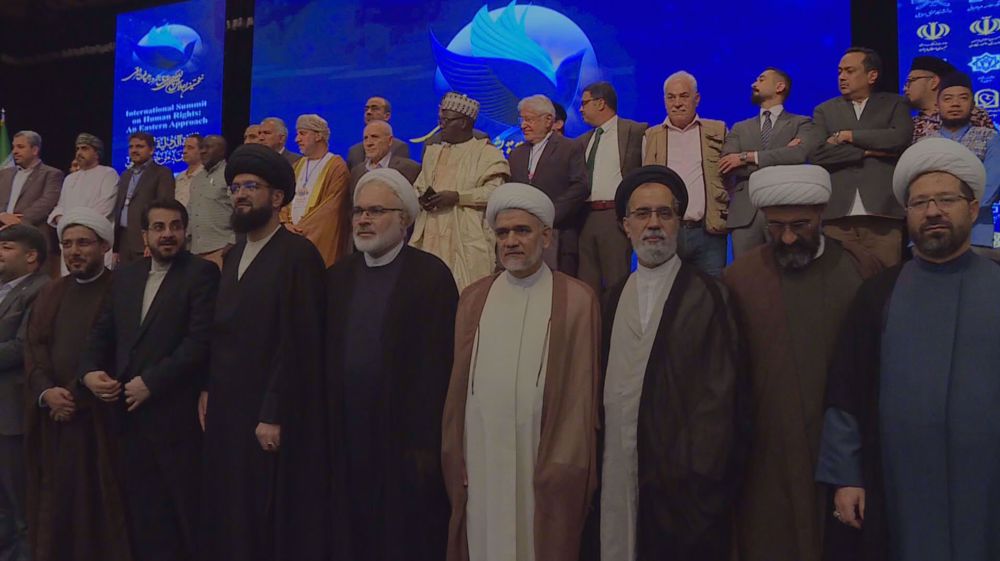Alwaght- In past few years and as a result of growth of a variety of takfiri and terrorist groups, on top of them ISIS, in West Asia region, Afghanistan has witnessed penetration of some of these groups to its territories. There are predictions that these terrorist groups will intensify their presence in the country and other Central Asian states as they are sustaining back-to-back defeats in the hot spots of Syria and Iraq.
In the first place, more than any other regional state Afghanistan is subject to piercing and spread of these groups. Longstanding insecurity and absence of a powerful central government in Afghanistan make the country a relatively safe haven for terrorists. Reports suggest that at the time being over 20 terror organizations are active in large tracts of Afghanistan territories.
What emboldens the terrorists, especially ISIS, to go to Afghanistan and organize themselves there is the appropriate ground Afghanistan can provide them with to expand their presence to other Central Asian states, including the former republics of the Soviet Union.
Certainly, Afghanistan’s Nangarhar province and specifically Achin District are the key bases where ISIS trains its fighters and equips them. ISIS activated its role in Nangarhar nearly two years ago, operating close to a permanent US military base in Jalalabad, the provincial capital city. The place is an arena for militants who arrive in Afghanistan from various countries to join the so-called Islamic State in Khorasan, or ISIS branch in Afghanistan. The group absorbed fighters from a set of ethnic groups like Uyghurs, Tajiks, Uzbeks, Chechens, Arabs, and Pashtuns, who bear grave security consequences to the future of Afghanistan and the Central Asia.
The remarks of the Russian ambassador to Tajikistan Igor Lyakin-Frolov can provide substantiation to this point. Visiting military drills of the forces of the members of the Collective Security Treaty Organization in Tajikistan, the Russian ambassador asserted that the regional states should be ready to respond to the possible threats of Afghanistan-based ISIS to the region. Commenting on possibility of ISIS in Afghanistan attacking Tajikistan, the Russian diplomat said: “We should not underestimate their threats. Although they pose no immediate threat at the time being, such a challenge can appear in the future, and the regional countries should get ready to address such risks.”
The Russian officials' concerns about expansion of extremism to the Russian territories are completely observable. This is why Moscow is sparing no efforts to check spread of terrorism and radicalism from Afghanistan to the Central Asian states. Afghanistan comes to concentration of the Russian counterterror policies because it is a gate for the extremist groups' access to the states allied and close to Russia. In fact, Russia's fear is that penetration of radicalism to these states will endanger its interests. On the other side, repulsing the ISIS stretch to Afghanistan and the neighboring Central Asian countries can guarantee keeping open the routes linking Russia to the Indian Ocean and the Persian Gulf.
Such factors push Russian leaders to help prepare the ground for dialogue and eventually agreement between the Taliban and Afghan government, an arrangement that if concluded could contribute to sustainable peace in the country.
These are the motivations making the Russians to break with their 3-decade approach of passiveness towards Afghanistan. Now they are playing more active role in an effort to restore stability to this war-ravaged country on the one hand and curb the free American role-playing in the region on the other hand. Such a strategy will certainly run counter to the new American strategy that eyes expanded military presence and role in the Afghan developments.
In late August, the US President Donald Trump outlined his strategy for the Afghanistan war. The American leader pledged to keep troops in Afghanistan as long as Taliban and other terrorist groups are not defeated in that country.
Seeking to work for its own regional interests, the US inflames war and facilitates advent of terrorist groups like ISIS for the aim of sustaining its military presence in Afghanistan. Another American goal is to contaminate the Central Asian states, including those close to Russia, with insecurity to impair their governments and thus put strains on Moscow. Other aims include forcing regional nations to ensure rise to power leaders who consider maximum compliance with the American policies, or at least stage the least opposition to the American strategy in the region.
This is in collision course with the Kremlin policies that look forward to building a united Afghanistan with a government standing as an outcome of agreement reached between various political groups. Therefore, as Russia steps up a more active role in Afghanistan, there should be an expectation of broadening of Moscow-Washington disputes in the region.

